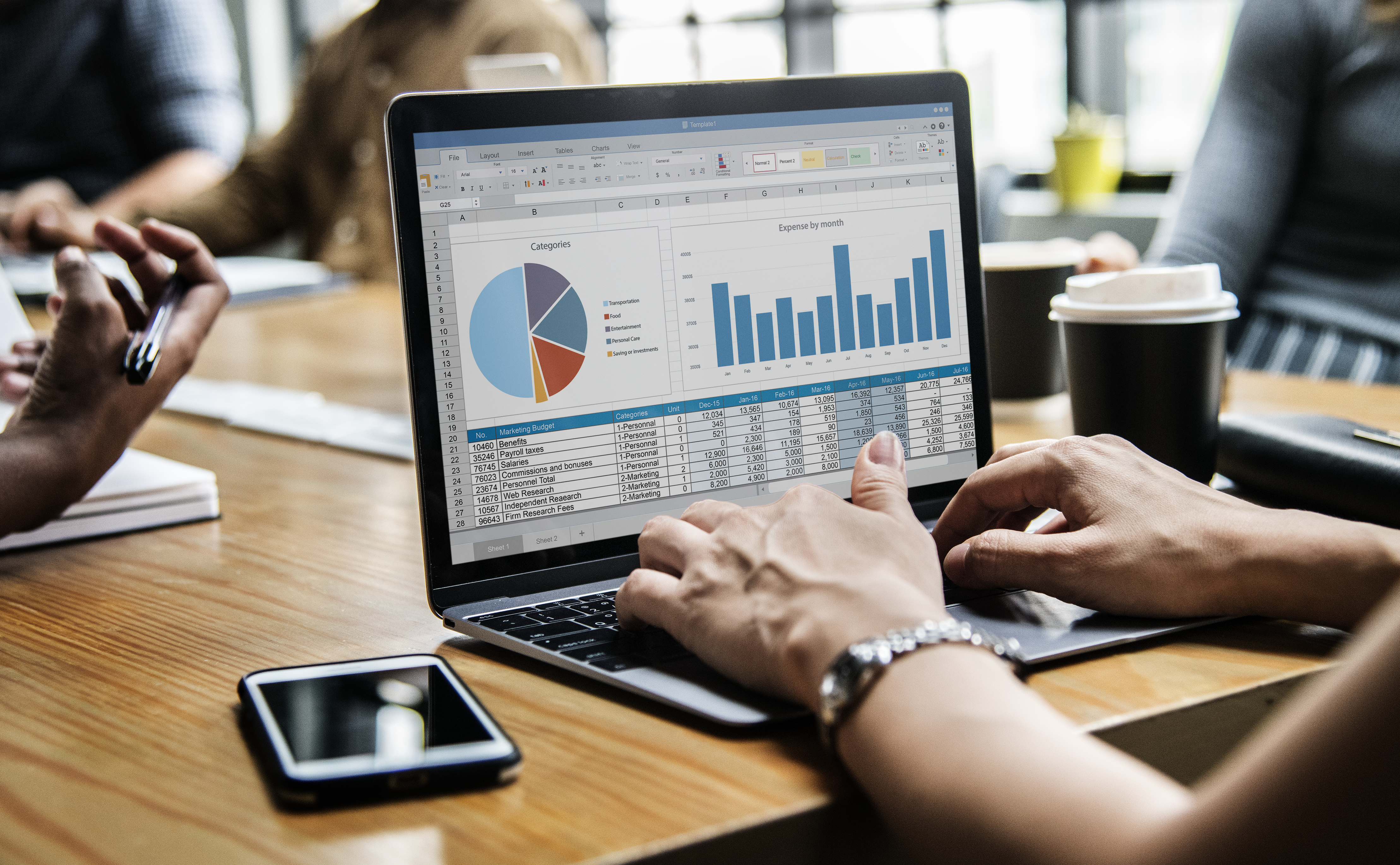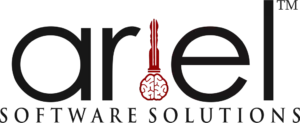The Death of Instinct-Driven Decisions
Decision-making was once an art, not a science, for centuries. Intuition, experience, and approximate calculations influenced decisions in high-stakes settings. Instinct is prone to error, though, and the past is full of expensive misjudgments. Step in AI-driven predictive analytics, a relentless entity that has upended guesswork and substituted data-driven accuracy.
AI predictive analytics has redefined the rules. No longer are experts making decisions based on gut instincts; they now have a predictive analytics system that learns, adapts, and improves its predictions in real time. Whether in finance, strategic planning, or maximizing performance in high-stress industries, AI-powered predictive analytics is not just an aid, it’s a game-changer.
This is not a tale of gradual change. It’s a revolution.
How We Got Here: The Evolution of Prediction
Before AI-powered predictive analytics, traditional models were static and relied on historical data trends. They worked, until they didn’t. Market crashes, unexpected upsets, and unforeseen variables rendered old models obsolete. Traditional analytics were always chasing the past, never anticipating the future with accuracy.
Now, AI predictive analytics doesn’t just analyze the past, it recognizes patterns, detects anomalies, and adjusts predictions in real time. Instead of being stuck in a loop of historical probabilities, predictive AI dynamically learns and recalibrates, ensuring that decisions remain ahead of the curve rather than stuck in hindsight.
AI Predictive Analytics is just one dimension of AI’s expansive capabilities. To understand how AI extends beyond just Machine Learning and Deep Learning, check out our blog on “Artificial Intelligence is More Than You Think: Beyond Machine Learning and Deep Learning”.
The Rise of Hyper-Intelligent Prediction Engines
Think of AI-driven predictive analytics as a high-powered telescope, one that doesn’t just observe but predicts celestial shifts with unmatched accuracy. Traditional predictive tools were limited by their inability to adapt dynamically, but today’s predictive analytics AI processes millions of data points within seconds, evolving with every new piece of information.
This intelligence is disrupting industries:
- Financial Markets: Algorithms forecast stock movements with near-instant responsiveness.
- Healthcare: AI anticipates disease patterns before outbreaks escalate.
- Business Strategy: Companies refine pricing, marketing, and logistics based on real-time predictive analytics AI insights.
The shift isn’t subtle, it’s a seismic transformation where AI-powered predictive analytics acts as an omnipresent analyst, refining decisions at an unprecedented pace.
Beyond Traditional Forecasting: AI’s Deep Learning Revolution
- From Numbers to Narratives: AI’s Ability to See the Story in Data
Traditional forecasting relied on static models that provided projections based solely on historical averages. AI predictive analytics, on the other hand, deciphers trends, anomalies, and outliers, telling a more dynamic story about what is likely to happen next. By learning from billions of real-time data points, predictive analytics AI translates raw numbers into actionable insights that are far more sophisticated than conventional analytics.
- Hyper-Personalization & Predictive Precision
AI-driven predictive analytics doesn’t just predict; it understands. With deep learning models, predictive analytics AI can:
- Recognize behavioral patterns at an individual level.
- Anticipate needs and preferences before they are expressed.
- Tailor recommendations with unparalleled accuracy.
This is no longer about broad-stroke forecasting. AI-powered predictive analytics works with surgical precision, fine-tuning decisions based on real-time interactions and evolving variables.
- Real-Time Risk Assessment & Anomaly Detection
AI-driven predictive analytics isn’t just about opportunity, it’s also about defense. It detects fraud before it happens, flags vulnerabilities before they escalate, and identifies anomalies that human oversight might miss. In fast-moving industries where milliseconds matter, predictive analytics AI acts as both a shield and a weapon.
- AI and the Psychological Shift in Decision-Making
One of AI-driven predictive analytics’ biggest impacts isn’t just on accuracy, it’s on how decision-makers think. Businesses that once relied on instinct are now rewiring their processes to be data-first. This shift fosters:
- A culture of continuous learning where AI-powered predictive analytics drives real-time strategy adjustments.
- Reduced human biases that often cloud judgment in critical moments.
- Confidence in high-stakes decisions, knowing they are backed by predictive analytics AI rather than mere intuition.
The impact is profound: industries that traditionally relied on experience and hunches are now fully embracing an era of AI-driven predictive analytics objectivity.
- Why Businesses Can’t Afford to Ignore Predictive AI
The companies that will thrive in 2025 and beyond won’t be those that rely on outdated predictive models. The competitive edge belongs to those who:
- Automate decision-making processes with AI-driven predictive analytics.
- Utilize real-time predictive analytics AI to stay ahead of industry shifts.
- Replace reactive strategies with AI-powered predictive analytics forecasting.
In a world where data is currency, AI predictive analytics is the most powerful investment a business can make.
Challenges & The Road Ahead
AI-driven predictive analytics is not without hurdles. Ethical considerations, data integrity, and explainability remain key challenges. Businesses must strike a balance between leveraging AI-powered predictive analytics and maintaining transparency in decision-making.
Looking ahead, AI-driven predictive analytics capabilities will only grow stronger. With advancements in edge computing, neural networks, and explainable AI (XAI), the future of forecasting will become more precise, ethical, and universally adopted.
But what does this mean for businesses? Simply put, those who resist AI-driven predictive analytics will be left behind. Markets move too fast, competition is too fierce, and opportunities are too fleeting to rely on outdated strategies.
The bottom line? If you’re still relying on traditional predictive methods, you’re already behind.
Conclusion: AI is the Future of Intelligent Decision-Making

AI-driven predictive analytics is not just an advantage, it’s the new standard. Industries that embrace it will lead. Those who ignore it will struggle to keep up.
At Ariel Software Solutions, we are at the forefront of AI-powered predictive analytics, helping businesses make smarter, data-driven decisions.
“The future is no longer uncertain. The question is, are you ready to embrace it?”
Frequently Asked Questions (FAQs)
1. How does AI-driven predictive analytics differ from traditional forecasting?
Traditional forecasting relies on historical data and static models, which often fail in rapidly changing environments. AI predictive analytics, on the other hand, continuously learns, adapts, and refines its predictions in real-time, identifying patterns and anomalies that conventional models miss.
2. Can AI really predict the future
AI doesn’t predict the future in an absolute sense, but predictive analytics AI significantly improves forecasting accuracy by analyzing massive amounts of data, detecting trends, and simulating potential outcomes.
3. How does AI-driven forecasting impact decision-making in high-stakes industries?
Industries like finance, healthcare, and supply chain management rely on AI-powered predictive analytics to mitigate risks, optimize strategies, and respond proactively to emerging trends.
4. What’s the biggest advantage of using AI in predictive analytics?
The biggest advantage is adaptability. Unlike static models that become outdated, AI-driven predictive analytics constantly learns from new data, refining its forecasts in real-time.
5. Does AI-driven forecasting eliminate human decision-making?
No. AI-driven predictive analytics enhances decision-making but doesn’t replace it.
6. Can AI-driven predictions be wrong?
Yes. While AI-powered predictive analytics significantly improves accuracy, predictions are still based on data quality and external factors.








